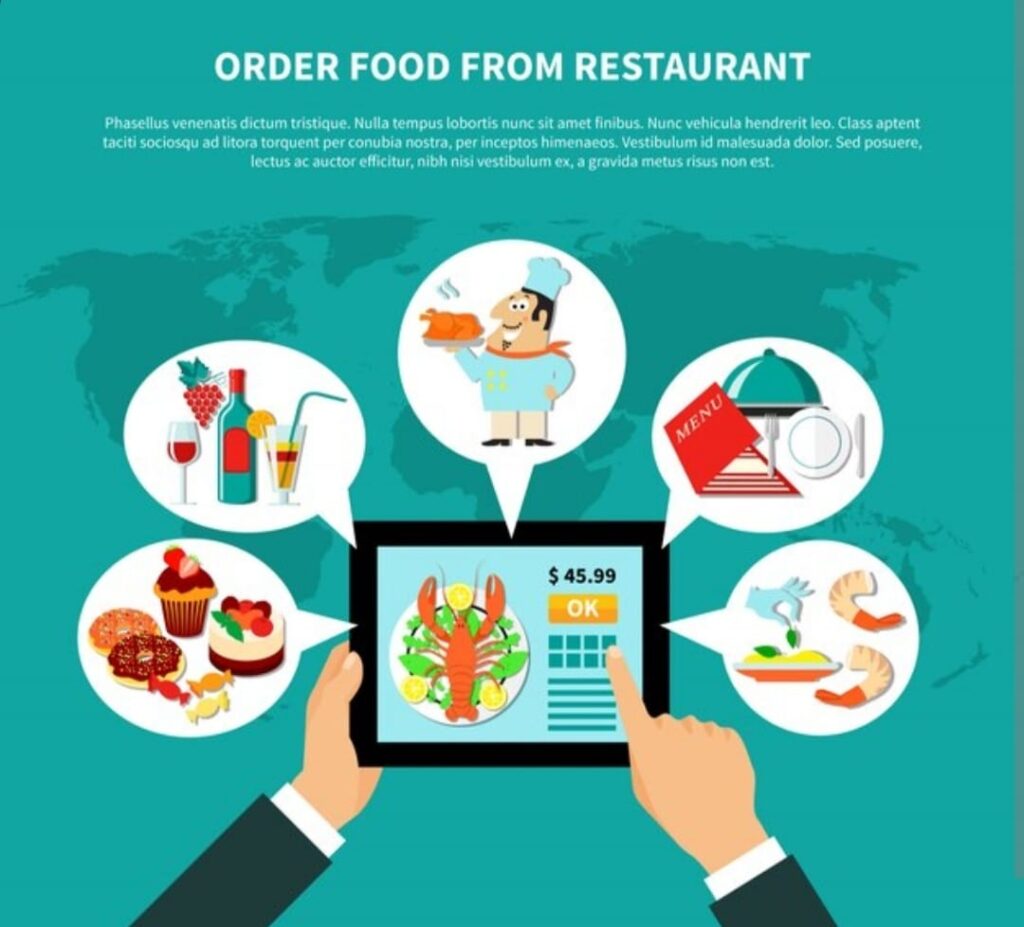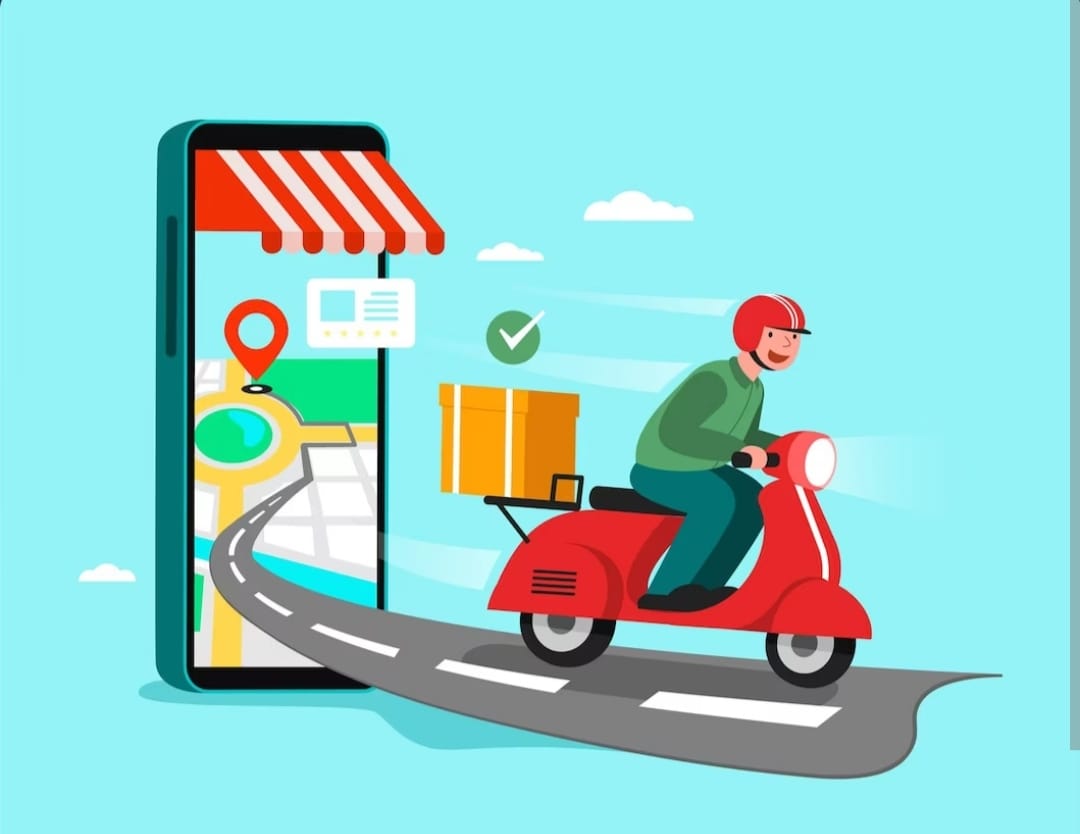The Digital Dining Revolution
In the age of smartphones and the internet, there has been a remarkable change in the way people access food. Online food delivery business platforms have redefined the food industry, making it more convenient for consumers to enjoy their favorite meals from the comfort of their homes. One such success story is Swiggy, an Indian tech unicorn that has set new standards in the world of food delivery. If you’ve ever dreamed of starting your own online food delivery business, this article is your ultimate guide to turning that dream into reality.
Understanding the Market Online Food Delivery Business
Before you dive into the world of online food delivery, it’s important to understand the market. Research is your best friend, and here’s what you need to consider:
- Identifying your niche: Determine your target audience and what sets your business apart. Are you focusing on a specific cuisine, dietary preferences, or a particular location?
- Competition Analysis: Study the existing online food delivery platforms in your area. Understand their strengths, weaknesses and what you can offer that is different.
- Legal Requirements: Comply with local food safety and sanitation regulations as well as any licenses or permits required for online
- food delivery businesses.

Building your brand for Online Food Delivery Business
A strong brand identity is essential for your online food delivery business. Here’s what it says:
- Unique name and logo: Choose a catchy, memorable name and design a striking logo that represents your brand.
- Website and mobile app: Invest in a user-friendly website and mobile app. These platforms will be the face of your business, and they need to provide a seamless experience for customers.
- Marketing and Promotion: Develop a marketing strategy to create awareness of your brand. Use social media, email marketing, and partnerships with local restaurants to promote your service.
Partnership with restaurants
For online food delivery platforms, partnering with local restaurants is the lifeline of your business. Here’s how to build these relationships:
- Quality Assurance: Partner with restaurants that deliver consistent quality and meet food safety standards. Customer satisfaction is your top priority.
- Negotiate terms: Define the terms of your partnership, including commission rates, delivery fees and delivery time expectations.
- Onboarding process: Develop a seamless onboarding process for new restaurant partners, ensuring they understand the requirements and technology of your platform.
Develop a delivery network
Your delivery network is the backbone of your business. Here’s what you need to consider:
- In-house vs. Outsourcing: Decide whether you want to have an in-house delivery team or outsource delivery to third-party services or freelance drivers.
- Training and technology: If you choose an in-house team, provide proper training and equip them with technology (GPS, apps) to ensure efficient delivery.
- Delivery Fees and Minimum Orders: Decide on the delivery fee structure and minimum order requirements. This may vary depending on location and order value.

Ensuring uninterrupted orders
The core of your business is the ordering process. It needs to be simple and user friendly. Here’s what you need to pay attention to:
- User Interface: Design an intuitive and attractive user interface for your app and website. Ensure a smooth ordering process with detailed menus and item descriptions.
- Payment Options: Offer a variety of payment options including credit cards, digital wallets and cash on delivery to cater to a wide customer base.
- Customization and Feedback: Allow customers to customize their orders and provide feedback. It enhances user experience and helps you understand customer preferences.
Implementing efficient operations
Efficiency is key to running a successful food delivery business. Here’s how to keep your operations running smoothly:
- Order Management: Implement an order management system that can handle large volumes of orders while ensuring accuracy and timeliness.
- Real-time tracking: Offer real-time order tracking for customers to keep track of their deliveries. It reduces anxiety and builds confidence.
- Customer Support: Have a responsive customer support team to address questions, concerns and issues promptly.
Handling logistics and delivery
Logistics is the heart of your business. Efficient delivery ensures to keep customers happy. Here’s what you need to consider:
- Route optimization: Use route optimization software to reduce delivery time and fuel costs.
- Vehicle Fleet: If you have an in-house delivery team, invest in an adequate vehicle fleet based on demand.
- Safety measures: Ensure the safety of your delivery staff and food. for more
Know About – Indian Traditional Fashion
